Training engineers in theory and practice: students in the Mechanics & Materials program immerse themselves in industrial innovation
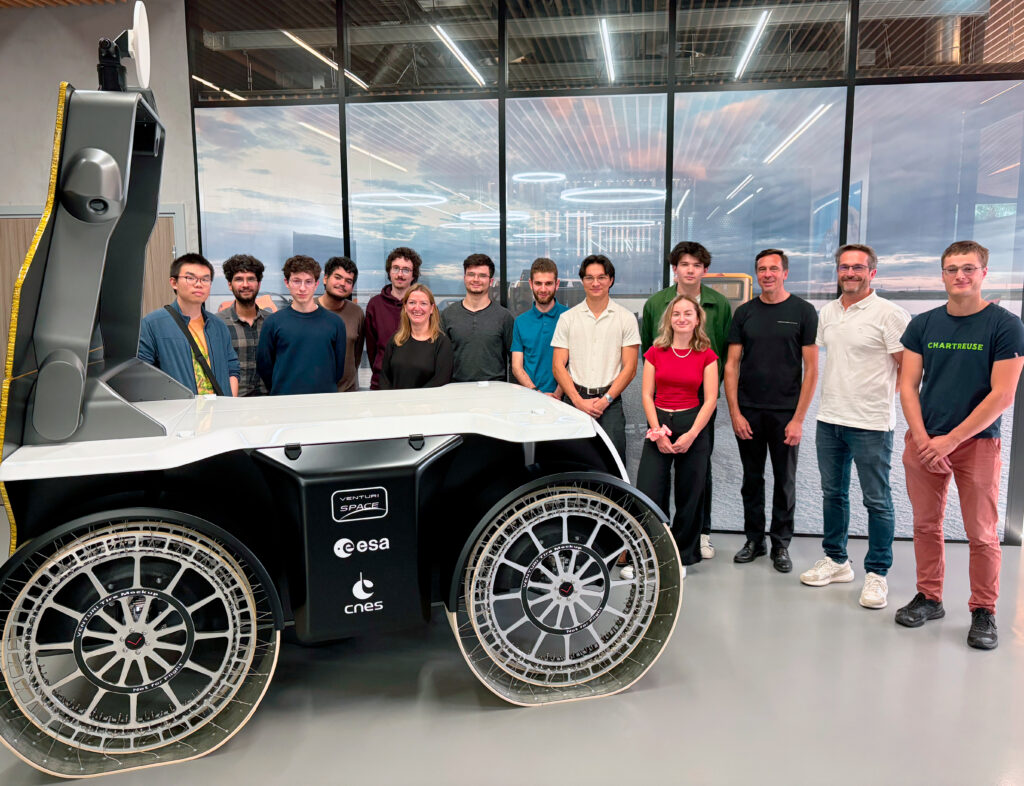

For 240 years, Mines Paris – PSL has been training engineers, researchers, and entrepreneurs ready to take on the challenges of their time. In the Civil Engineering program, the Mechanics & Materials option illustrates one requirement: to offer students an immersion in professions related to the development of new materials, advanced mechanical design, and digital modeling.
Supervised by Professor Pierre-Olivier Bouchard (CEMEF) and Dr. Sébastien Joannès (CMAT), this specialization combines cutting-edge scientific teaching with exposure to the industrial world through visits, projects, and research partnerships.
Founded in Monaco in 2000, Venturi first established itself as a pioneer in high-performance electric mobility, producing a series of innovative prototypes, setting world speed records, and competing in Formula E. In 2021, the company took a bold step into space with Venturi Space.
During their visit, the students discovered unique technologies developed for lunar exploration: batteries capable of withstanding extreme temperatures, hyper-deformable wheels, and onboard systems for rovers. These solutions are designed for large-scale programs such as NASA’s Artemis.
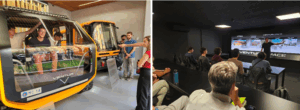
For many, it was a direct source of inspiration, as Lora, a student on the course, told Nice Matin: “I was looking forward to this visit with curiosity and was very surprised by this concept, which I had never seen before. Space is a huge playground for materials. What struck me about Venturi was his ability to make strategic changes and adapt. That’s what I like most about being an engineer.“
Her classmate, Konan Senda, shares this observation in the Monaco Gazette: ”I knew very little about Venturi. It’s the only design office we’ve visited so far, but personally, I’d be interested in it. I am attracted to small teams where we have a multidisciplinary or even holistic view of the project. I studied architecture before coming to Mines and I would like to use this complementary knowledge to find my way and then build my career.”
MonacoInfo’s video report on this visit:
The day trip to Monaco also gave students taking the elective course the opportunity to discover the solutions offered by SBM Offshore for offshore wind turbine anchoring systems. Although these technologies have not yet become widespread, SBM is preparing for the future with designs that have already been tested, notably off the coast of Marseille. The company also shared its commitment to diversity in talent: attentive to training and making engineering careers attractive to young women, it plans to form a partnership with Mines Paris – PSL as part of Summer Camp 2026.
These visits to Monaco follow three days of visits to the Rhône-Alpes region, during which students taking the elective course were able to discover engineering professions and industrial challenges in three distinct and rapidly changing sectors:
Founded in 2020 (by Philippe Chain, co-founder of Verkor and former student at Mines Paris PSL), Verkor aims to develop a low-carbon battery production industry in France to meet European market demand. With a Gigafactory built this year in Dunkirk, the company is well on its way to achieving its goal.
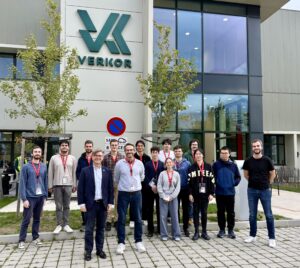
Aluminum remains a strategic material for many industries (aerospace, automotive, packaging, etc.). In order to significantly reduce the carbon footprint associated with its production (by a factor of approximately 20), Constellium’s C-TEC R&D center shared with students the solutions developed to significantly increase the collection, sorting, and use of recycled aluminum alloys for the production of new parts.
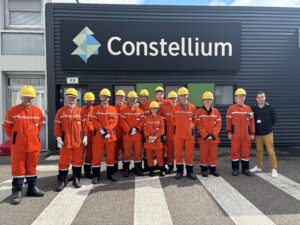
Welcomed at their cement plant in Montalieu-Vercieu and their R&D center in Isle d’Abeau, the students took the opportunity to learn about the many strategies implemented by the French family-owned group to decarbonize its industry (reducing clinker content, substituting fossil fuels, and capturing and storing CO2).
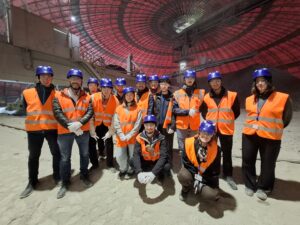
For Pierre-Olivier Bouchard, who co-manages the option with Sébastien Joannès, these practical experiences are essential: “These industrial visits immerse our students in the reality of major, diverse sectors that are undergoing a transition in response to environmental challenges. They aim to train engineers who are capable of innovating and transforming our industries, drawing on materials, mechanical design, and digital modeling.”
Sébastien Joannès adds: “Students are very interested in discovering new sectors, but they are also very surprised to see how much industry is changing and to discover the diversity of engineering professions. Their keen curiosity and deep interest in engineering sciences are a great source of motivation for us. Bringing the worlds of education, research, and business closer together is essential to highlighting the many scientific and technological challenges that lie ahead. In this Year of Engineering, we are delighted to be able to count on enthusiastic industrial partners, whom we thank, as well as our colleagues in the Mechanics & Materials department, who are supporting us with the Option. “
By meeting teams of passionate engineers and discovering technological environments as varied as space exploration, low-carbon battery technologies, and R&D sites associated with aluminum or cement production, students strengthen their understanding of current issues and develop their ability to project themselves as actors of innovation.
Beyond the transmission of technical knowledge, these visits feed the imagination and inspire vocations. By opening their doors to students, these companies are helping to forge a new generation of engineers capable of combining scientific rigor, creativity, and technological audacity.
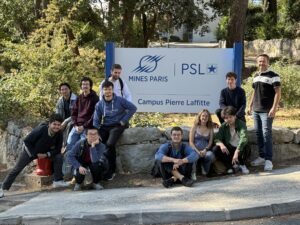
The event received media coverage:
Cover photo: Engineering students next to Mona Luna, the European rover designed by Venturi Space. Credit: Jérémy Becam
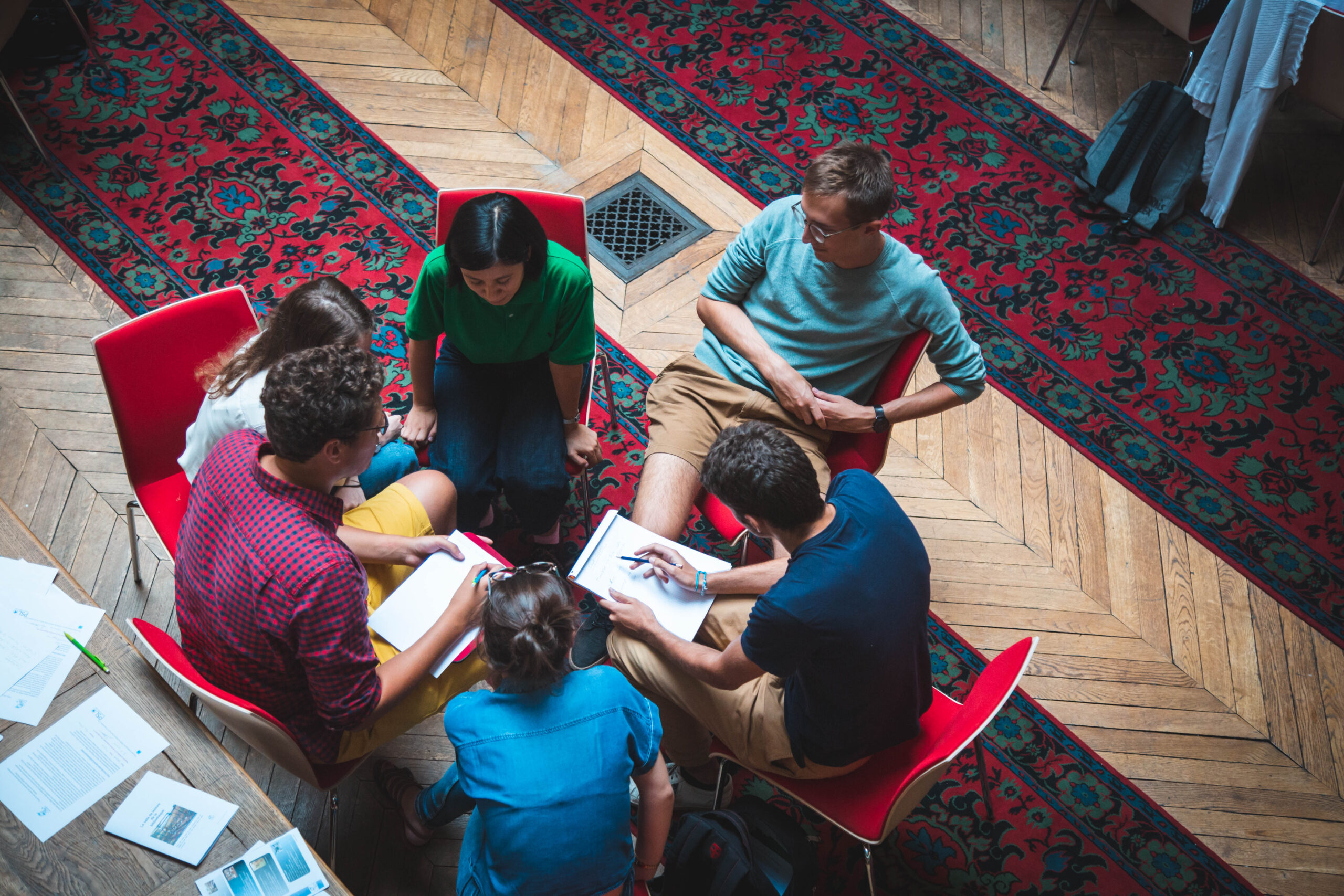
Right from their first year, students on the Civil Engineering Cycle at Mines Paris – PSL explore the technological, economic and societal challenges ...